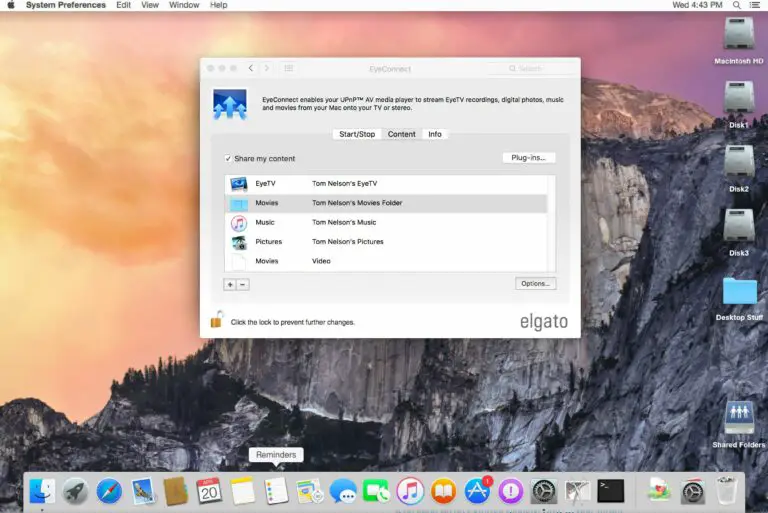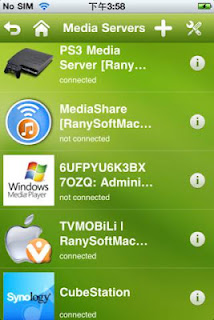
Neurotic high-enders will doubtless observe that the Uniti's extruded aluminum sleeve, like those of so many other Naim components, does indeed ring when rapped with a knuckle also like other Naims, the sound of the Uniti was never improved by additional isolation or damping tweaks. The Uniti performed well on a variety of tables (it led a nomadic existence in my home, being tried out in many different rooms), and although it became distinctly warmer in use than Naim gear of Christmases Past, that warmth was never excessive. Physical setup was utterly without event.
#SONY EYECONNECT SOFTWARE#
Throughout all of the setup tasks I performed, the only software convention that seemed less than intuitive was the fact that, in order to adjust the left/right speaker balance, one uses not the left- or right-hand arrow buttons but the up (left) and down (right) buttons: kooky, but no big deal. Of course, there were at least as many setup functions that I didn't use, but that others may find equally useful: tailoring the frequency responsecoarsely but usefullyof the amplifier output to the main loudspeakers in systems that include subwoofers trimming the signal level on the (mono) outputs that feed those subwoofers configuring the manner in which the Uniti connects with local networks and so forth.


Once I'd acquainted myself with the setup program's conventions, I found it surprisingly easy to: name the various analog and digital inputs trim the gain of those inputs, relative to each other, for equal loudness at a given volume-control setting limit the maximum allowable loudness level (a real boon for people who don't want their Quad ESL panelsor their hearingdamaged by volume-control accidents, offspring, or dumb guests) adjust the dimming of the Uniti's front-panel lights and myriad other tasks. Much more to the point, the Uniti's built-in setup and control software was superb: clean, unambiguous, helpful, and, insofar as I could tell, glitch-free.
#SONY EYECONNECT MANUAL#
That said, the real manual was fine: dry but conspicuously thorough, and very well organized. Again: For whom is this product intended? If there's a good reason for not including a printed manual with the Uniti, Naim might at least cook up a nice, simple "For Those in a Hurry" sheet, just to get newcomers up and running. I have no choice but to approach this from the perspective of the irritable middle-aged man that I am: If I were a newcomer to perfectionist audio, and if someone told me that my first purchase in that field, to which I've just applied a not-inconsiderable $4000, cannot be enjoyed until I download a manual for it and I print it out, I'd be mildly peeved.
#SONY EYECONNECT PDF#
The booklet does, however, contain one indispensable directive: To get hold of the real manual, one must download it in PDF form from the Naim website and, if desired, print it out oneself. A great amount of paper has been devoted to the unlikely, the unfathomable, and the impossible, though that's hardly Naim's fault.

Don't put to any foolish or evil use this product's laser light. Don't bring this product into the bathtub with you. As it turned out, the Naim Uniti wasn't supplied with a user's manual per se, but rather with a curiously big booklet that provides, in a great many different languages, the most basic and presumably legally mandated information: Don't dispose of this product with the rest of the trash.


 0 kommentar(er)
0 kommentar(er)
